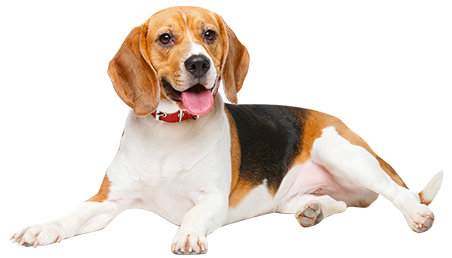Unlocking the Benefits of High Protein Raw Dog Food: A Guide for Pet Owners
High protein raw dog food has emerged as a popular choice among pet owners who prioritize their dogs' health and nutrition. This type of diet typically consists of raw meats, organ meats, bones, and sometimes raw fruits and vegetables. The primary advantage of high protein raw dog food is its ability to provide essential nutrients that support your dog's growth, energy levels, and overall well-bei
2025/09/27
High protein raw dog food has emerged as a popular choice among pet owners who prioritize their dogs' health and nutrition. This type of diet typically consists of raw meats, organ meats, bones, and sometimes raw fruits and vegetables. The primary advantage of high protein raw dog food is its ability to provide essential nutrients that support your dog's growth, energy levels, and overall well-being.
One of the key benefits of high protein raw dog food is its potential to contribute to a healthier coat and skin. The fatty acids found in meat, particularly omega-3 and omega-6, play a crucial role in maintaining skin elasticity and promoting a shiny coat. Additionally, a protein-rich diet can help maintain muscle mass and support physical performance, making it an excellent choice for active dogs or those in training.
When considering high protein raw dog food, it's essential to ensure a balanced diet. While protein is vital, dogs also require appropriate levels of fats, carbohydrates, vitamins, and minerals. A well-rounded raw diet should include a variety of protein sources to provide a complete amino acid profile. It's also important to consult with a veterinarian or a pet nutritionist to tailor the diet to your dog's specific needs, taking into account their age, breed, health status, and activity level.
Preparation is another aspect to consider when feeding your dog a high protein raw diet. Ensuring that the raw ingredients are sourced from reputable suppliers and handled safely is critical to prevent foodborne illnesses. Proper storage and preparation techniques can help maintain the nutritional quality of the food while minimizing health risks.
Moreover, transitioning your dog to a raw diet should be done gradually. Sudden changes in diet can lead to gastrointestinal upset. Start by mixing small amounts of raw food with your dog's current diet and slowly increase the proportion of raw food over several days. Observing your dog's reaction to the new diet is also crucial; any signs of discomfort or adverse reactions should be addressed by consulting a veterinarian.
In conclusion, high protein raw dog food can be a nutritious option for your dog when done correctly. By focusing on high-quality ingredients, ensuring a balanced diet, practicing safe food handling, and transitioning gradually, pet owners can provide their furry friends with a diet that supports their health and vitality. As with any dietary change, professional guidance is always recommended to ensure the best outcomes for your pet's dietary needs.
One of the key benefits of high protein raw dog food is its potential to contribute to a healthier coat and skin. The fatty acids found in meat, particularly omega-3 and omega-6, play a crucial role in maintaining skin elasticity and promoting a shiny coat. Additionally, a protein-rich diet can help maintain muscle mass and support physical performance, making it an excellent choice for active dogs or those in training.
When considering high protein raw dog food, it's essential to ensure a balanced diet. While protein is vital, dogs also require appropriate levels of fats, carbohydrates, vitamins, and minerals. A well-rounded raw diet should include a variety of protein sources to provide a complete amino acid profile. It's also important to consult with a veterinarian or a pet nutritionist to tailor the diet to your dog's specific needs, taking into account their age, breed, health status, and activity level.
Preparation is another aspect to consider when feeding your dog a high protein raw diet. Ensuring that the raw ingredients are sourced from reputable suppliers and handled safely is critical to prevent foodborne illnesses. Proper storage and preparation techniques can help maintain the nutritional quality of the food while minimizing health risks.
Moreover, transitioning your dog to a raw diet should be done gradually. Sudden changes in diet can lead to gastrointestinal upset. Start by mixing small amounts of raw food with your dog's current diet and slowly increase the proportion of raw food over several days. Observing your dog's reaction to the new diet is also crucial; any signs of discomfort or adverse reactions should be addressed by consulting a veterinarian.
In conclusion, high protein raw dog food can be a nutritious option for your dog when done correctly. By focusing on high-quality ingredients, ensuring a balanced diet, practicing safe food handling, and transitioning gradually, pet owners can provide their furry friends with a diet that supports their health and vitality. As with any dietary change, professional guidance is always recommended to ensure the best outcomes for your pet's dietary needs.
Key words:
Previous Page:
Contact Us
Address:
No. 22, Jingxing Road, Economic and Technological Development Zone, Nantong, Jiangsu Province.
E-mail:
panghuiqiang@metzpet.com
Contact Phone:
+86-18862996617














